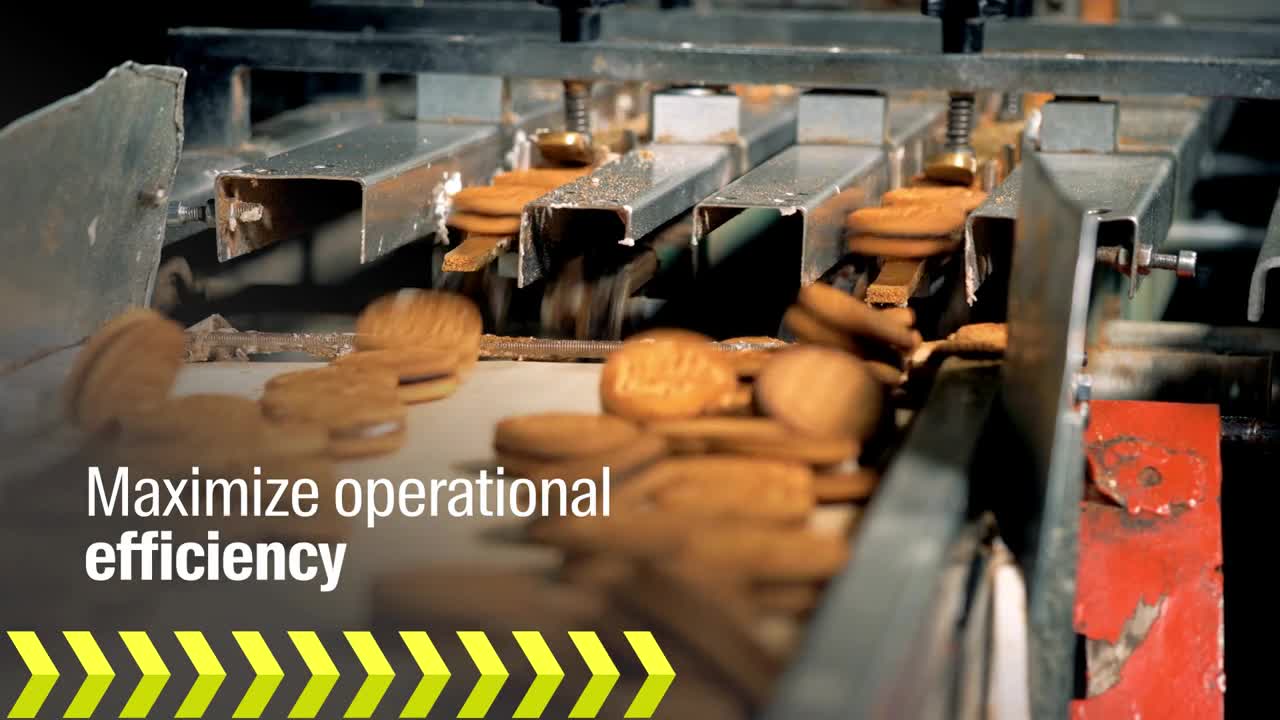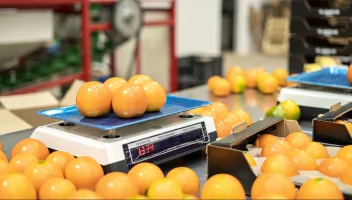Best Practices To Transform Your Food and Beverage Data Analytics
Best Practices To Transform Your Food and Beverage Data Analytics
Best Practices To Transform Your Food and Beverage Data Analytics
13 Mar 2024
Aptean Staff Writer
For food and beverage businesses like yours, taking advantage of the seemingly endless amount of data that comes with your daily operations is critical. From production and inventory to finances and shipments, there are important numbers to capture in virtually every area.
That being said, simply logging these figures is not enough—not in today’s hyper-competitive environment, anyway. Your business needs to not only track this information with the right tools, but you also need to truly analyze your findings to gain real insights.
So what does it take to really dominate your data? Let's quickly cover four food and beverage data analytics best practices to help you turn information into insights and take control of your data once and for all. Then, we'll dive into the seven steps to building a data-driven organization to fully harness the value of your data to improve your food operations.
Turning Information Into Insights With Food and Beverage Data Analytics
Intelligent decision-making grounded in data analysis will open new doors and increase revenue in ways you may not even be able to imagine yet. This mindset shift begins with the following principles:
1. Be Comprehensive
Some numbers are readily available and easy to collect, but the fact that this low-hanging fruit exists shouldn’t bias your procedures. Take advantage of sensors, cameras, scanners and other technology to round out your approach to monitoring and get a complete picture.
Just as important is that you use a single, unified system for all the data that you track. Isolated spreadsheets saved to a single employee’s local hard drive—or worse, a pen-and-paper record maintained by only a few individuals—need to be eliminated.
2. Be Accurate
Going hand-in-hand with the above principle would be making sure that the numbers you capture are correct. Even the most complete of data-capturing systems becomes a liability if the facts and figures in it can’t be trusted to be accurate.
With that in mind, it’s a good idea to minimize the risk of human error. Technology is your friend here—computers were designed to efficiently manage information, and they enable you to take advantage of automation, including prompts to remind employees of their next steps and notifications when potential issues arise. This eases your business’s reliance on imperfect manual processes.
3. Be Current
How fast is fast enough? In the food and beverage world, you need to have real-time figures in front of you in order to act with the agility that the industry requires.
That means having up-to-the-minute reports at the push of a button. Don’t settle for less, or you could be caught in a position where your business simply can’t react quickly enough.
4. Be Accessible
Limiting access to just those on the floor at your facilities is a thing of the past. It is more critical than ever before to have your data stored online, in the cloud, and widely accessible.
It’s also vital that your system is device-agnostic, and this is most easily achieved by making web browser the default interface. What’s more, robust redundancy and backup measures should be in place to ensure a crash doesn’t cripple your operations.
Server failure is far more likely to occur if your business tries to host the system. It’s too critical to your business, too difficult to achieve and too far removed from the things your people should be focused on.
Building a Data-Driven Organization
You want to empower your business with the ability to make decisions based on facts, not intuition. Here’s a simple plan that can help you reach that goal:
Start with a purpose-built enterprise resource planning (ERP) solution—find industry-specific food ERP software backed by a company with expertise and a track record for acting as a partner to its clients. This is a long-term investment that will be the foundation for your digital transformation.
Work with your provider to customize the reports and dashboards for your unique situation.
Dive into not just the raw reports, but the advanced analytics as well including actionable insights from business intelligence KPI tracking. That could be trend lines or patterns, seasonal variations or performance history for certain products.
Train your workers on the system thoroughly, and then insist that they put it to good use. Encourage them to start with the relevant information and formulate action items and recommendations from there.
Flesh out a process for continual improvement. Involve everyone in your new data-driven policies and processes so they all feel ownership over the transformation and can see the benefits first-hand.
Identify the early successes that your new system yields and share with your whole team to really have them buy in on the “new normal” of this modernization and digital transformation.
Enact a concrete procedure for doing away with the old systems and documents so that no one is tempted to slip back to the “old ways.” You wouldn’t want the mixture to get muddled by a rogue spreadsheet that’s outlived its usefulness.
Business Intelligence—Worth the Effort
While those seven steps are easy to conceptualize—putting them into practice will take hard work and considerable effort from your team, top to bottom. But once you reach your goals, you’ll also reap the rewards.
When evaluating food ERP solutions, there are two keys to fully utilizing the data that you capture and leveraging it for tangible results.
First is to filter out the noise—not everyone needs to have access to all of the numbers, and setting the right permissions for your employees will help reduce the amount of irrelevant information they’d otherwise have to sift through.
Second is to make sure your reports are not only easy to generate but also simple to understand. Finding the right ways to visualize certain kinds of data will make it easier to make connections and plot the right course of action.
To help you implement all of these best practices and really get the most out of your operational data, you'll not only need a sophisticated industry-specific food ERP, but a trusted and experienced vendor by your side every step of the way, too.
Enter Aptean. Our food ERP solutions are designed to tackle the challenges of your industry sector—from fresh produce to frozen and packaged foods. With tailored functionality and real-time visibility into all the key metrics for food manufacturing, you can rest assured that your staff have all the tools and data necessary to improve data-to-day operations.
What's more, with features for data analytics in the food and beverage industry and advanced business intelligence integration, your leadership team have all of the actionable insights to make better strategic decisions—boosting long-term profitability and growth.
Think it sounds to good to be true? Check out our success stories to see how other food and beverage businesses like yours are using Aptean systems to drive strategic growth.
Trusted by more than 10,000 organizations across the world, we pride ourselves on being a by-your-side partner and solution expert for every one of our customers. An expert that can help you achieve your goals. An expert that can offer best practice advice and technical support. And an expert that can provide the integrated software solution that manages every facet of your organization from specialized ERP with business intelligence to electronic data interchange (EDI) and product lifecycle management (PLM) software. That's the Aptean advantage.
Now we've discussed the best practices to improve your food and beverage data analytics, find out what benefits you can unlock with that improved insight or watch our video below and learn how Aptean Business Intelligence is a must-have for any food and beverage business looking to grow using smarter, more effective data analysis.

Related Content





Ready to future-proof your business with cloud software?
We’ve got the industry-leading software and experts to help your business thrive.



